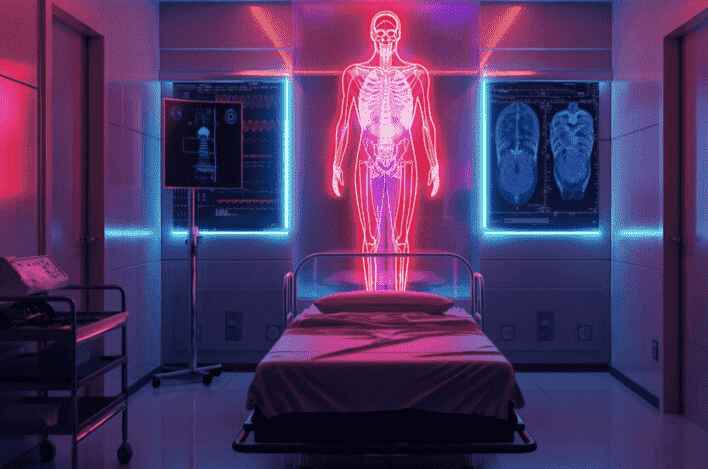Hair loss is a common issue affecting millions of people worldwide, leading to a search for effective treatments that are both safe and non-invasive.
Red light therapy (RLT), also known as low-level laser therapy (LLLT), has emerged as a promising solution. This therapy uses specific wavelengths of light to stimulate cellular activity, potentially promoting hair growth and improving scalp health.
We’ll look into the science behind red light therapy for hair growth, its benefits, and how to choose the right device for optimal results.
Introduction To Red Light Therapy
Red light therapy harnesses the power of red and near-infrared light to penetrate the skin and stimulate hair follicles.
Typically, wavelengths between 630nm and 850nm are used, which are believed to effectively reach the deeper layers of the scalp, promoting cellular functions that support hair regeneration.
The therapy is non-invasive, making it an attractive option for those seeking alternatives to surgical or pharmaceutical treatments.
Finding The Right Device
Choosing the appropriate red light therapy device is vital for achieving the best results.
When selecting a RTL device, consider the following factors:
- Wavelength: Ensure the device emits light in the optimal range of 630nm to 850nm, with 655nm being particularly effective for hair growth.
- Type of Device: Options include handheld devices, helmets, and caps. Your choice should depend on your treatment goals and convenience.
- Power and Intensity: Higher power devices can offer faster results but must be used cautiously to avoid overexposure.
- Ease of Use: Look for features like timers and automatic shut-off to integrate treatments seamlessly into your routine.
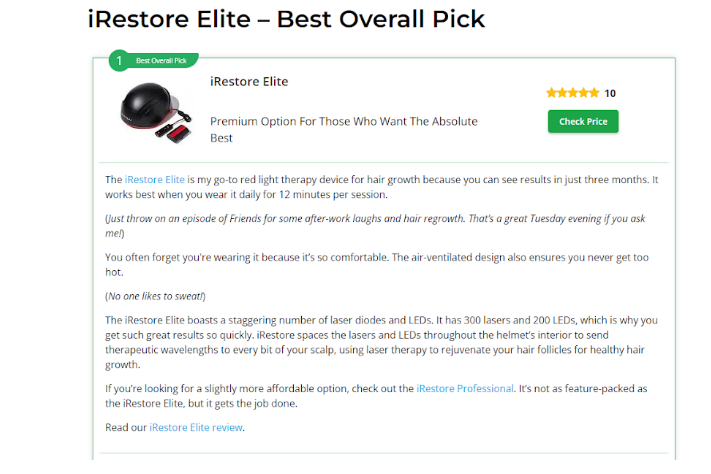
Image: Therapeutic Beams
Scientific Aspects Of Red Light Therapy For Hair Growth
Red light therapy's effectiveness in promoting hair growth is supported by various scientific studies and clinical trials.
This non-invasive treatment utilizes specific wavelengths of light to penetrate the scalp, stimulating hair follicles and enhancing cellular functions paramount for hair regeneration.
When they understand the underlying mechanisms—such as increased blood circulation, reduction of inflammation, and boosted cellular energy production—users can appreciate how red light therapy contributes to healthier, thicker hair.
Stimulation Of Hair Follicles
Red light therapy is believed to stimulate the epidermal stem cells, which play an integral role in regenerating hair follicles.
This stimulation can shift hair follicles into the anagen (growth) phase of the hair cycle, promoting the growth of new hair strands.
Improved Blood Circulation
Enhanced blood flow to the scalp ensures that hair follicles receive an ample supply of oxygen and nutrients, the cornerstone for healthy hair growth. This improved circulation supports the overall health of the scalp and hair follicles, contributing to stronger and thicker hair .
Reduction Of Inflammation
Chronic inflammation can hinder hair growth by creating a hostile environment for hair follicles. Red light therapy has been shown to reduce inflammation in the scalp, thereby fostering a healthier environment conducive to hair growth.
Increased Cellular Energy Production
At the cellular level, red light therapy boosts the production of ATP (adenosine triphosphate), the primary energy carrier in cells. Higher ATP levels provide the necessary energy for hair follicle cells to function optimally, supporting the growth and maintenance of healthy hair.
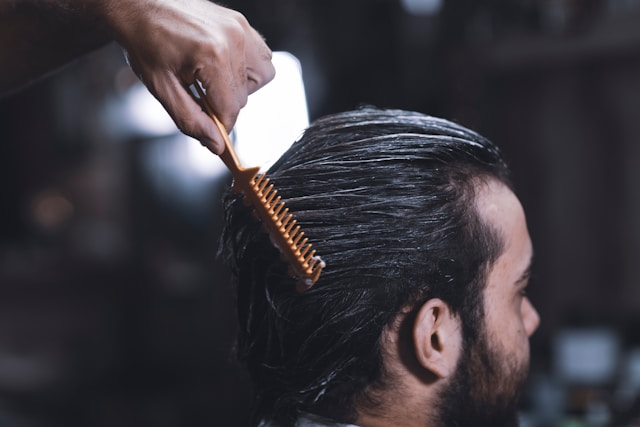
Image: Mostafa Meraji - Unsplash
Clinical Evidence And Research
Several studies have demonstrated the efficacy of red light therapy in promoting hair growth. For instance, a 16-week clinical trial showed significant improvements in hair density and thickness among participants using red light therapy.
A meta-analysis of 22 studies confirmed that red light therapy is a promising treatment for androgenetic alopecia, offering a safe and effective alternative to other hair loss treatments.
Future Trends Of Red Light Therapy For Hair Growth
As red light therapy gains popularity, ongoing research and technological improvements are setting the stage for more effective and user-friendly treatments.
Future trends focus on enhancing the efficiency, accessibility, and integration of RLT into daily beauty routines, potentially making it a mainstream option for hair loss treatment.
Enhanced Device Technology
Advancements in device technology are a significant trend in the future of red light therapy.
Manufacturers are focusing on creating more sophisticated and efficient devices that can deliver optimal wavelengths and intensities for hair growth. Key aspects include:
-
Optimized Wavelengths: Future devices are likely to offer more precise control over wavelengths, ensuring the most effective light spectrum for stimulating hair follicles.
-
Improved Design: Devices will become more ergonomic and user-friendly, making them easier to use consistently. This includes wearable options like caps and helmets that allow for hands-free operation.
-
Smart Features: Integration of smart technology, such as apps for tracking usage and progress, could become standard, providing users with data to optimize their treatment regimens.
Integration With Other Therapies
Combining red light therapy with other hair growth treatments is an emerging trend. Researchers are investigating how RLT can be used alongside medications like minoxidil or finasteride to enhance their effectiveness.
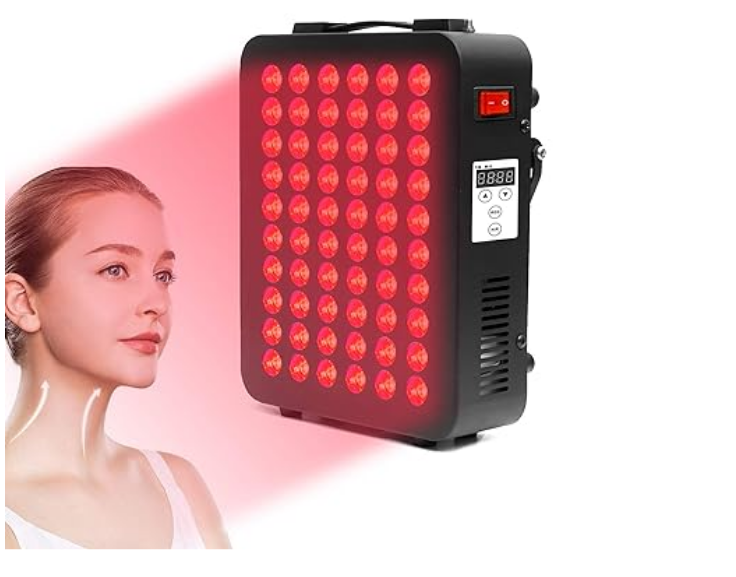
This multi-faceted approach may provide synergistic benefits, leading to better outcomes for individuals with various types of hair loss.
-
Combination Treatments: Studies suggest that using RLT in conjunction with topical treatments can speed up results and improve hair density and thickness.
-
Personalized Therapy Plans: Future treatments may include personalized plans that combine RLT with nutritional supplements and other hair care products, tailored to individual needs and genetic factors.
Increased Accessibility And Affordability
As the demand for red light therapy grows, efforts are being made to make these treatments more accessible and affordable. Key developments include:
-
Affordable Devices: The production of cost-effective devices without compromising on quality could make RLT accessible to a broader audience.
-
At-Home Treatments: The trend towards at-home RLT devices is likely to continue, allowing users to conveniently carry out treatments without frequent visits to clinics.
-
Insurance Coverage: As more clinical evidence supports the effectiveness of RLT, there is potential for health insurance plans to cover these treatments, reducing out-of-pocket costs for patients.
Research And Clinical Trials
Ongoing research and clinical trials are pivotal in validating and improving red light therapy for hair growth. Future studies will likely focus on:
-
Long-Term Efficacy: Longitudinal studies to assess the long-term benefits and safety of RLT for hair growth.
-
Mechanisms Of Action: Further exploration of the biological mechanisms through which red light stimulates hair follicles and supports hair growth.
-
Diverse Populations: Research involving diverse populations to understand how factors such as age, gender, and hair type influence the effectiveness of RLT.

Image: The Aesthetic Bureau
Before You Schedule Your Appointment
Red light therapy represents a scientifically supported, non-invasive solution for individuals struggling with hair loss.
The future of red light therapy for hair growth is promising, with technological advancements, integration with other treatments, and increased accessibility paving the way for more effective and user-friendly solutions.
As these trends continue to develop, RLT could become a standard approach for addressing hair loss and promoting hair health.
Always consult with a healthcare professional to tailor the therapy to your specific needs and ensure safe usage.

